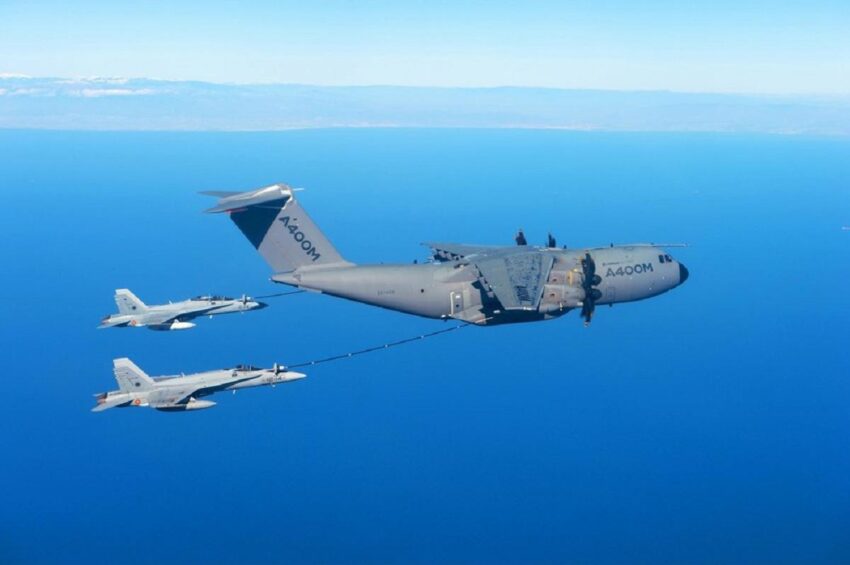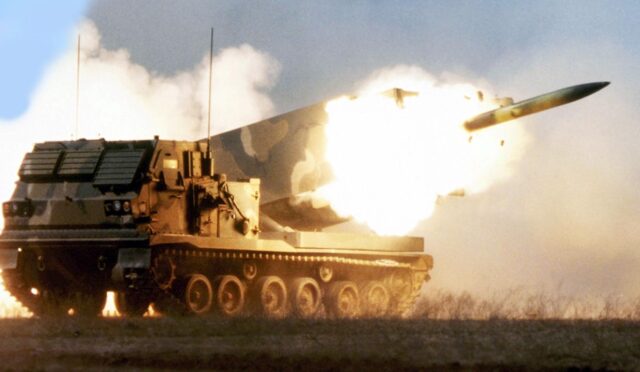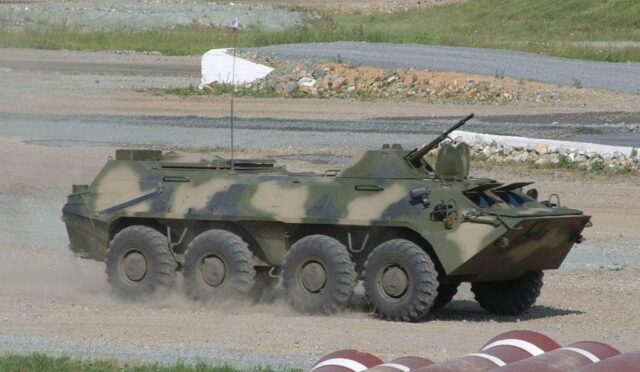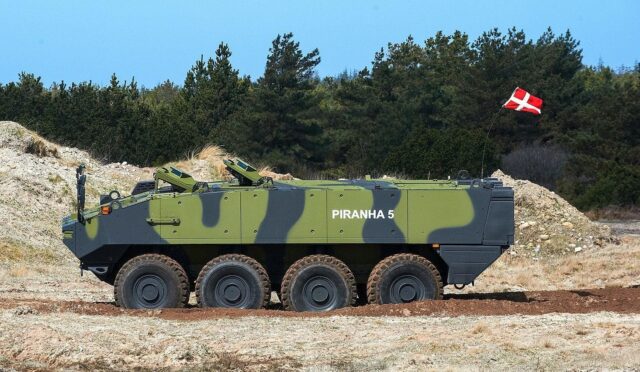A400M Atlas Airlift: Puma Infantry Fighting Vehicle Success
The German military’s A400M Atlas transport aircraft has achieved a remarkable milestone by successfully airlifting the Puma infantry fighting vehicle (IFV) for the first time. This achievement is significant as it enhances Germany’s rapid response capabilities, allowing for a quicker mobilization of forces during critical operations.
For the purpose of this test, the Puma was modified to comply with the A400M’s maximum payload capacity of around 37 tonnes, or 81,600 pounds. It was temporarily stripped of its modular armor, the MUSS active protection system, and reactive panels to reduce its weight. This crucial adjustment allowed the vehicle to fit through the aircraft’s loading hatch, facilitating this unprecedented airlift.
Collaborative Test by Military and Industry Leaders
The successful airlift operation was not conducted in isolation. It involved a collaborative effort from the German Air Force, Army, and the Federal Office of Bundeswehr Equipment, Information Technology, and In-Service Support (BAAINBw), along with contributions from industry partners like Rheinmetall and Airbus. The tests took place at Wunstorf Air Base, showcasing the effectiveness of teamwork between military and industry.
This joint venture reflects a proactive approach to strengthening defense operations. By testing the limits of the A400M Atlas, both the German military and its partners are demonstrating their commitment to enhancing military readiness and operational efficiency.
Technical Specifications of the Puma IFV
Developed through the collaboration of Krauss-Maffei Wegmann and Rheinmetall Landsysteme, the Puma is an impressive piece of engineering. Measuring 7.6 meters in length, 3.9 meters in width, and 3.6 meters in height, its design includes a ground clearance of 0.45 meters to ensure off-road mobility. These specifications enable the Puma to navigate challenging terrains with ease.
One of the Puma’s notable features is its mobility capabilities; it can ascend vertical steps up to 0.8 meters high and cross trenches measuring 2.5 meters wide. Moreover, it can ford through water up to 1.2 meters deep without any additional preparation, making it versatile for various combat scenarios.
Performance and Armament of the Puma
Under the hood, the Puma boasts a powerful 1,073-horsepower engine, allowing it to reach a top speed of 70 kilometers per hour (43.5 miles per hour) on roads and reverse at 30 kilometers per hour (18.6 miles per hour). This performance is critical for responding swiftly to threats on the battlefield.
The vehicle can carry a crew of nine, which includes three operators and six infantry passengers. Its design features an unmanned, remote-controlled turret armed with a 30mm MK30-2/ABM autocannon, complemented by a 5.56mm MG4 machine gun and SPIKE LR anti-tank guided missiles. This armament allows the Puma to engage effectively with various threats during combat.
Significance of the Puma’s Airlift
This trial represents a significant advancement in military logistics, marking the Puma IFV as the heaviest load ever delivered via the A400M Atlas aircraft. Traditionally, deployment of the Puma has relied on road or rail transport, so this airlift capability greatly enhances operational flexibility.
The achievement not only reinforces Germany’s rapid deployment capabilities but also aligns with NATO’s broader strategy aimed at improving deterrence across Europe. By demonstrating the ability to airlift heavy military assets, Germany is taking a proactive stance in strengthening its defense posture.







